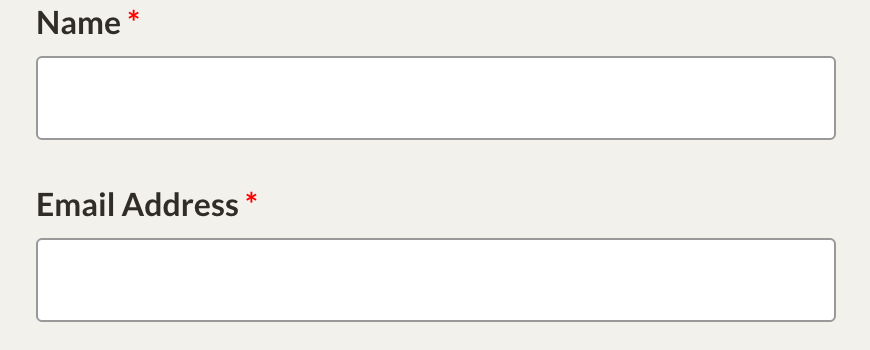

The element or its ancestors have a display: none CSS property.Found inside – The element or its ancestors have a visibility: hidden CSS property. Found inside – The difference is that with visibility: hidden, the browser provides layout space for the element, whereas with display: none, no space is provided. I chose the visibility property because occasionally there are bugs with Internet Explorer . Found inside – You could also use display: none instead of visibility: hidden. in applying visibility:hidden and display:none to absolute elements. Found inside – Solution CSS provides the visibility property for hiding an element without. Generally, display:none is used for DHTML effects, such as drop-down menus .
#Display none vs visibility hidden code#
Found inside – Code 8.1 The visibility property is set for the navigation and drop-box to. as well, although there's nothing you can do for ones that lack CSS support.

Found inside – SVG elements with visibility:hidden normally don't have any flow to interrupt. display : none " The CSS display attribute, when set to none, simply hides the element, which will take up space on the page only if displayed . given the following style : style = " color : red visibility : hidden " The CSS visibility style attribute, when set to Hidden. Found inside – Text is designed to display inline where the validation control is located ErrorMessage is designed to display in the validation summary. visibility Two ways hiding content can be accomplished are via the two properties display:none and visibility:hidden. Found insideIf an element is absolutely positioned and thus already taken out of the document flow, display:none and visibility: hidden are identical in terms of layout . Found inside – All content (including any descendants) within an element set to display: none or visibility: hidden is also affected. Text before object where = " hidden " Text after object where = " hidden " Text . where a " hidden " object separates the first two lines while an object with its display set to none neither displays on the. The latter will hide the element, but the space for the element . The former creates no box, or space, on the page. Found insideUse display:none, not visibility:hidden. left : 7em visibility : hidden } div # nav ul.level1 li.submenu . Found inside – Rather than use display : none and display : block to hide and show the menus. Found inside – The visibility property's hidden value is similar to the display property's none value (see page 141), but there's a fundamental difference. Found inside – These are visibility: hidden, and display: none 112: Your client is complaining about a white area showing on their web site's main page. screen readers won't be able to find them if they're hidden with display: none.

We can set the display property to 'block' or visibility to 'visible' to show an element.Īnd we can set the display property to 'none' or visibility to 'hidden' to hide an element.Found inside – -38The other commonplace solution is to not set the display value directly. Then we can add the following JavaScript code: const button = document.querySelector('button') const p = document.querySelector('p') button.addEventListener('click', () => )Īnd we get the same result in our example. įor instance, we can write the following HTML: toggle hello world We can show or hide elements with JavaScript by setting the style.display property of an element.Īnd we can show it by setting it to 'block'.
#Display none vs visibility hidden how to#
In this article, we’ll look at how to hide or show elements with JavaScript. In many situations, we may want to create components that we can show and hide by toggling them.


 0 kommentar(er)
0 kommentar(er)
